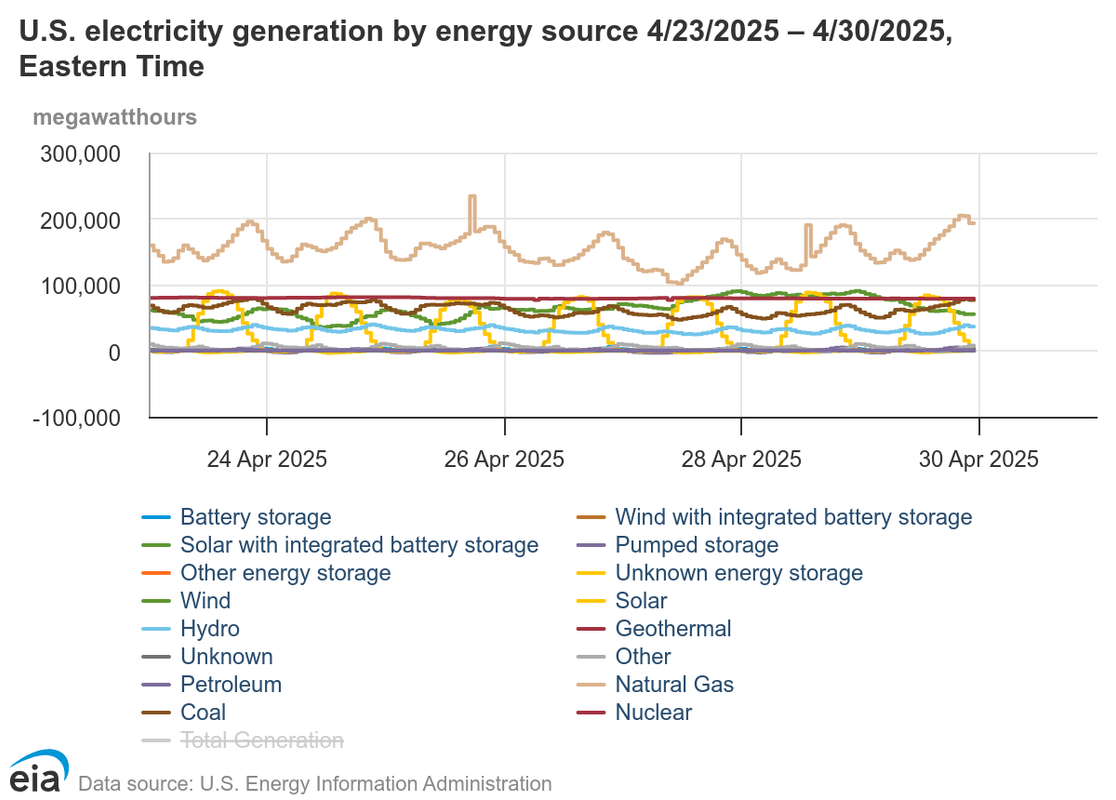…research into batteries, hydrogen and other forms of energy storage/carriers will still come in handy.
We will likely still drive cars, which will probably not carry their own nuclear reactors.

They will likely carry batteries (or something very much like a battery) or some sort of fuel cells and fuel tanks.
We will likely still use industrial processes requiring "process heat.”
https://www.iaea.org/newscenter/news/national-nuclear-energy-plans-for-clean-power-heat-and-hydrogen-showcased-at-iaea-iea-event
National Nuclear Energy Plans for Clean Power, Heat and Hydrogen Showcased at IAEA-IEA Event
Matt Fisher, IAEA Department of Nuclear Energy
MAR 12 2021
…
“Comprehensive decarbonization by 2050 is a gargantuan undertaking that will require the full range of low carbon energy sources,” said Henri Paillere, Head of the IAEA’s Planning and Economic Studies Section and a co-host of the event. “We will need massive amounts of low carbon electricity, heat and hydrogen, and nuclear power can contribute to producing all these provided there is clear policy support.”
…
One of the great
advantages of nuclear power over wind and solar is its relative constancy. — It’s good for providing “
base load power."

Unfortunately, demand is not constant. It rises and falls.

So, either we would need to build slightly more nuclear capacity than necessary to meet peak demand (because, what with climate change, on hot days, people may run their air conditioners more) or we can store energy during times of low demand to use during times of peak demand (making more efficient use of those nuclear reactors.)
 = new reply since forum marked as read
= new reply since forum marked as read


